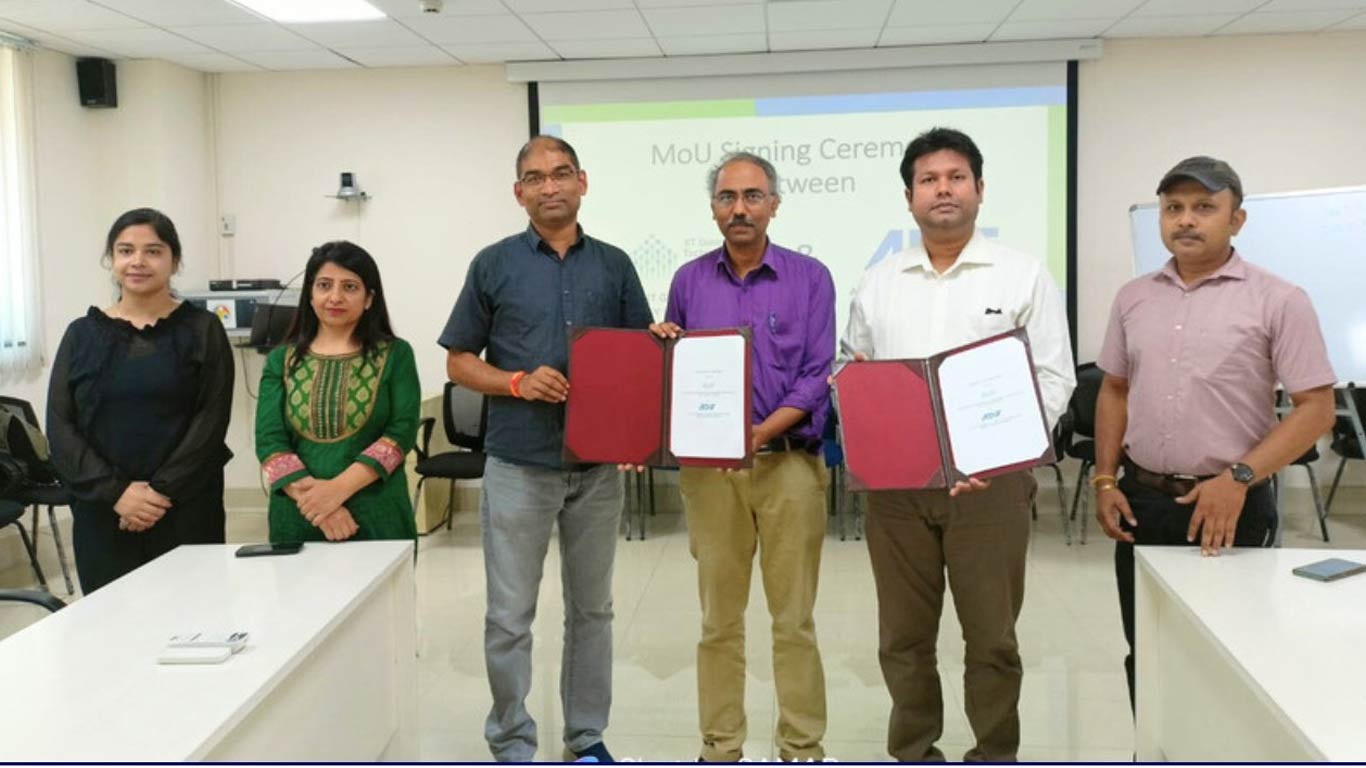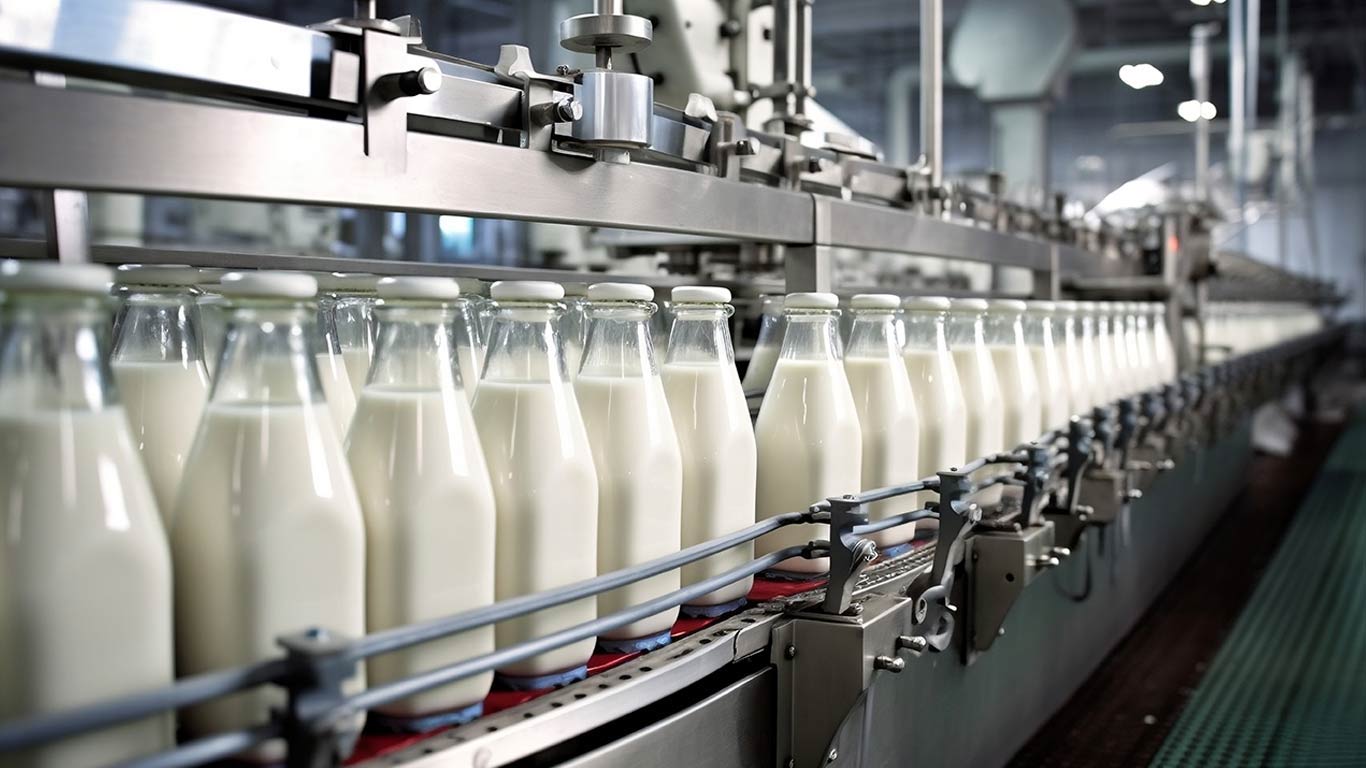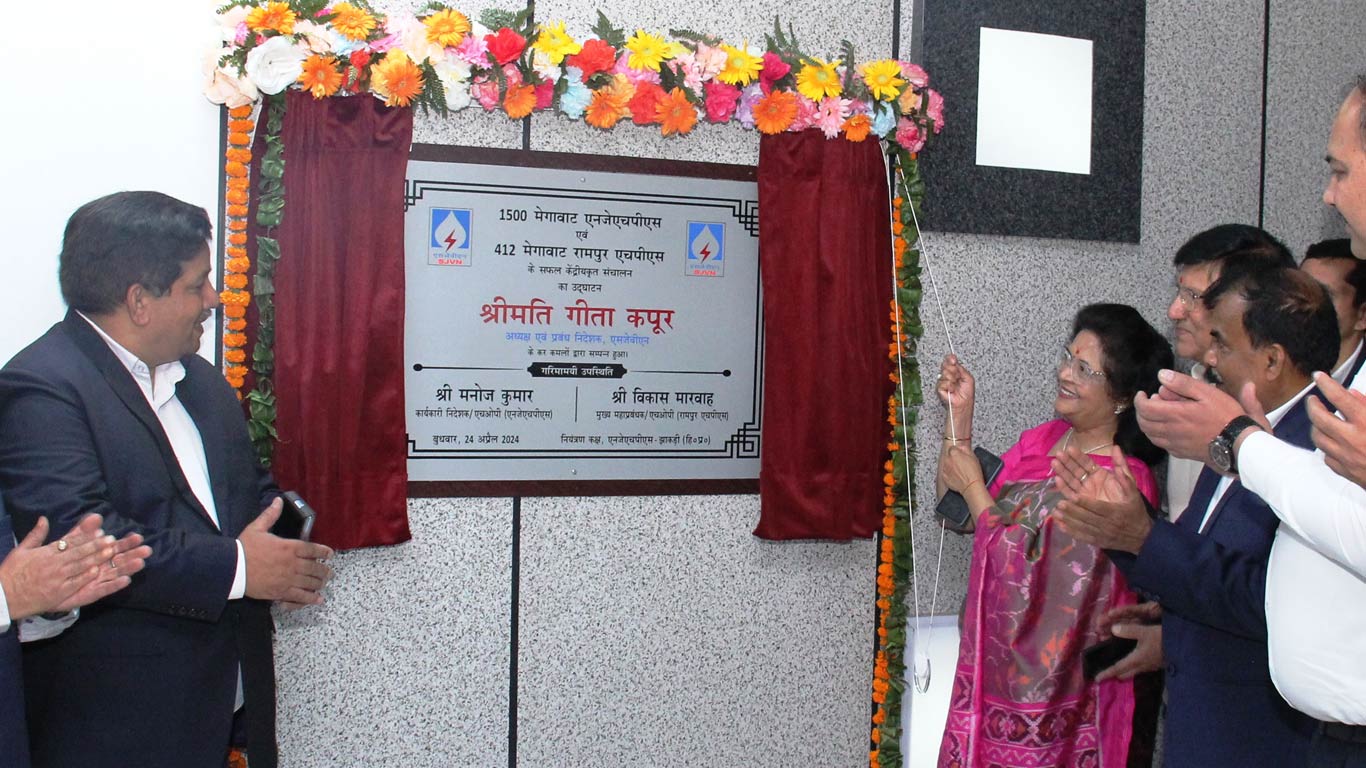Demand for Indian silk on the rise
Updated: Aug 12, 2013 05:17:44pm

“The Government of India has been implementing various schemes for overall development and promotion of the handloom sector including weavers of traditional Varanasi / pochampalli and Indian tussar silk,” said Minister of State for Textiles, Panabaaka Lakshmi in the Lok Sabha today.
She made it clear that traditional banarasi/pochampalli and Indian tussar silk were not on the verge of closure in the country.
The XI Plan, she said has witnessed spectacular growth in tussar silk production, particularly tussar. Further, export earnings from export of tussar silk goods during last three years was Rs 219.71 crore in 2010-11, Rs 289.56 crore in 2011-12 and Rs 290.04 crore in 2012-13.
Under Quality Certification system, Silk Mark Organisation of India (SMOI) during the last three years has organized 49 Silk Exhibitions in the country at different places. Also, it has planned to organise about 18 Silk Mark Exhibitions/ Expositions in different parts of the country during the current financial year 2013-14. In addition, the Indian Silk Export Promotion Council (ISEPC) has also organised three silk exhibitions called Silk Paradise in 2009, 2010 and 2011.
For the overall development of the handloom sector including weavers of Varanasi/pochampalli and tussar silk weavers, the government has implemented schemes such as Integrated Handloom Development Scheme, Handloom Weavers Comprehensive Welfare Scheme, Marketing and Export Promotion Scheme, Diversified Handloom Development Scheme, Mill Gate Price Scheme, Revival, Reform and Restructuring (RRR) package.
While one Handloom Park at Pochampalli has designing, dyeing and weaving facility for textiles / silk under a single roof; one mega handloom cluster at Varanasi with that caters to 25,000 weavers has been taken up for integrated and holistic development of handlooms of Varanasi.
Further, in order to arrest decline of handloom silk weaving in these Clusters, assistance has been provided to both Uttar Pradesh and Andhra Pradesh for development of silk weaving sector in Varanasi and Pochampally areas.
In addition, with a view to promoting cultivation of tussar food plants, financial assistance has been provided to the stakeholders of silk industry, while developing clusters in Manipur, Odisha, Uttarakhand, Himachal Pradesh and Chhattisgarh.
The production of tasar silk in the country during the last three years was 1166 MTs in 2010-11, 1500 MTs in 2011-12, 1705 MTs in 2012-13.
On its part, the Indian Silk Export Promotion Council helps the exporting community by promotion of their products through participation in trade fairs, trade delegations, organizing Buyer-Seller Meets, conferences, seminars etc.
The government through Central Silk Board has also taken steps for silk export viz. development of new variety of silk producing exportable grade silk, development of improved devices, new machines and equipment helping improvement in silk quality and productivity etc. (KNN)











